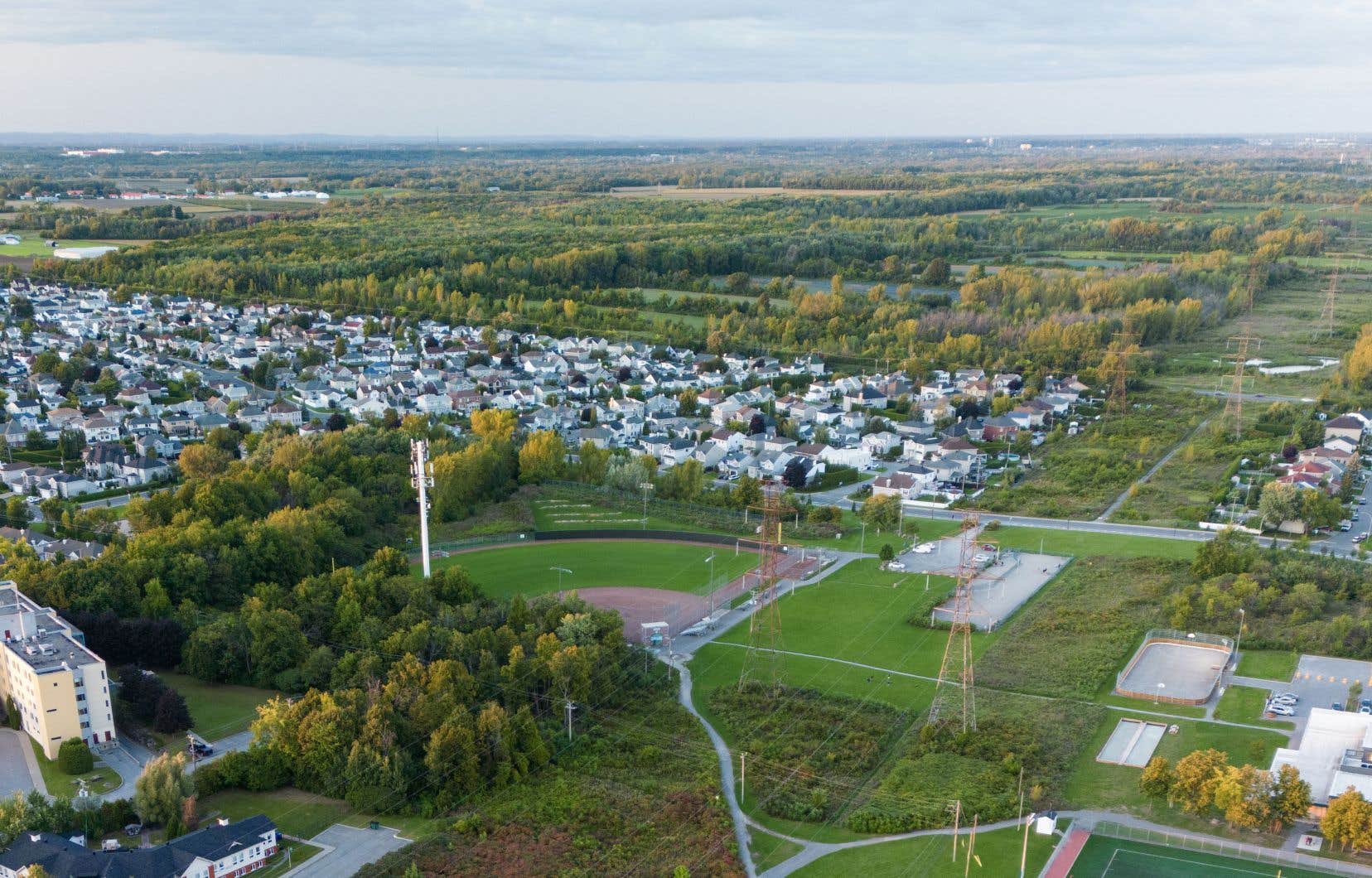Nearly 30% of Laval’s territory is made up of agricultural areas. Of this percentage, only half is actually cultivated, largely because of real estate speculation: owners let their land lie dormant in the hope of seeing the zoning change. The mayor of Laval announced Wednesday a new tax on uncultivated land, which he says will raise $1.1 million annually. But more than $50 million will be needed to complete the purchase and restoration project, according to calculations by the Duty.
For about thirty years, the City of Laval, through Agriculture Laval, a non-profit organization, has managed to accumulate a fund of $5.2 million by surtaxing this uncultivated land, which corresponds to half of the land zoned agricultural. Now, Mayor Stéphane Boyer wants to use this fund to buy lots suitable for agriculture that are currently held by private investors. More than 1,100 hectares are therefore in Laval’s sights. The mayor indicates that the owners are hoping for a change in zoning so that they can resell them at a high price when the time comes.
But Mr. Boyer is categorical: “We’ve been saying for years in Quebec that we need to promote local agriculture. We find it distressing to see land remain in the hands of speculative owners who don’t cultivate their land. A few years ago, we sent a letter to all the owners who don’t cultivate their land in Laval to tell them that their land would never be rezoned and that the City was interested in buying it back from them.”
The new tax is intended to speed up the process. The measure will be used to set up a second fund, which will support the restoration of these lots after they are purchased, to prepare them for sale and farming. This will include weeding, improving drainage and leveling the ground. The city estimates it can accumulate $1.1 million per year with this new levy.
A project that is slow to see the light of day
The City of Laval, supported by the Union des producteurs agricoles, has been trying to recover uncultivated land to put it back into agriculture since the 1990s. Today, Stéphane Boyer hopes to be able to buy back the 1,107 hectares of fallow land considered suitable for cultivation. This very ambitious project will require an investment of 55 million — nearly 39 million for the purchase and 16 million for the transformation. At the rate of the new tax, and with the existing fund, it would therefore take more than five decades to see Laval’s cultivable agricultural land in action.
“They want to get their hands on more than a thousand hectares […]”At what price can these new lands be sold? How will this be done?” asks agroeconomist Nicolas Mesly, in an interview with The duty.
Mr. Mesly deplores the recent loss of Laval farmland during the widening by the provincial government of a segment of Highway 19. The construction of a new gas station has also posed a problem for local farmers, very recently. “It’s landlocked two producers. It’s a sneaky force of urban sprawl […] The City of Laval, if there is one place that is being massacred, it is there, and it continues to be so despite the good intentions of elected officials,” he says.
These reservations are shared by Gilles Lacroix, president of the Union des producteurs agricoles union in Laval, who deplores the fact that the 5.2 million raised so far has not been used to date.
“It’s something that was expected, but whether we’re going to deliver the goods is another question,” the farmer believes. “We’ve had a kitty of more than 5 million for some time, but producers don’t really see any of it,” he adds, distraught.
According to him, there are concrete solutions that could have immediate effects on the lives of a family of producers, if the 5.2 million already accumulated were used wisely, but he deplores the fact that farmers are considered as “nobodies” by elected officials when decisions are made.
